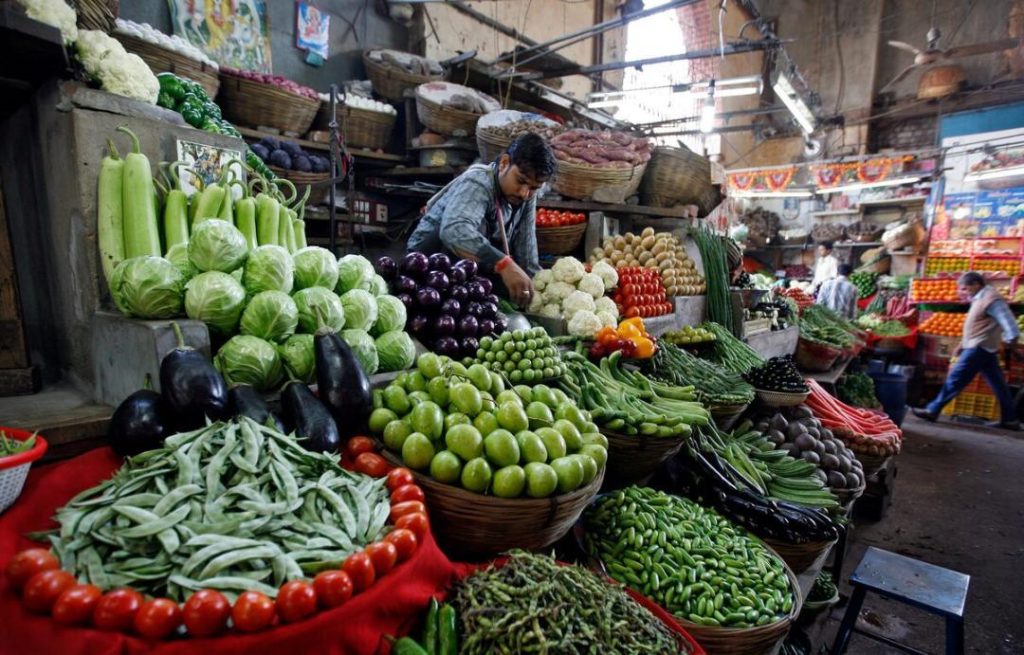
Which items saw highest & lowest inflation in January?
Inflation is a crucial economic indicator that measures the rate of change in prices of goods and services over a specific period. In India, inflation is a significant concern for policymakers, as it can impact the overall economy, including the purchasing power of individuals, the cost of living, and the rate of economic growth. In this blog post, we will explore the items that saw the highest and lowest inflation in January 2025, based on data released by the government.
According to a recent news article on Moneycontrol, the top five items showing the highest year-on-year inflation at the all-India level in January 2025 are Coconut oil (54.20%), Potato (49.61%), Coconut (38.71%), Garlic (30.65%), and Peas (30.17%). These items have seen a significant increase in prices over the past year, which can have a significant impact on household budgets and the overall economy.
On the other hand, the key items having the lowest year-on-year inflation in January 2025 are Jeera (-32.25%), Ginger (-30.92%), Dry Chilies (-11.27%), Brinjal (-9.94%), and LPG (-9.29%). These items have seen a decrease in prices over the past year, which can be beneficial for consumers and businesses alike.
High-Inflation Items:
- Coconut Oil (54.20%): Coconut oil is a staple ingredient in many Indian households, particularly in southern states like Kerala and Tamil Nadu. The high inflation rate in coconut oil can be attributed to various factors, including a decline in coconut production, increased demand, and higher production costs.
- Potato (49.61%): Potatoes are a popular vegetable in Indian cuisine, and their high inflation rate is attributed to factors like crop damage due to weather conditions, low yields, and increased demand.
- Coconut (38.71%): As mentioned earlier, coconut oil is a key driver of inflation in this category. Coconut prices have also been affected by factors like low production, increased demand, and higher production costs.
- Garlic (30.65%): Garlic is a widely used ingredient in Indian cooking, and its high inflation rate can be attributed to factors like crop damage due to weather conditions, low yields, and increased demand.
- Peas (30.17%): Peas are a popular vegetable in Indian cuisine, particularly during winter months. The high inflation rate in peas can be attributed to factors like crop damage due to weather conditions, low yields, and increased demand.
Low-Inflation Items:
- Jeera (-32.25%): Jeera, also known as cumin, is a common spice used in Indian cooking. The significant decrease in prices can be attributed to factors like an increase in production, improved crop yields, and reduced demand.
- Ginger (-30.92%): Ginger is another widely used spice in Indian cooking, and its low inflation rate can be attributed to factors like an increase in production, improved crop yields, and reduced demand.
- Dry Chilies (-11.27%): Dry chilies are a staple ingredient in many Indian households, particularly in southern states like Andhra Pradesh and Telangana. The decrease in prices can be attributed to factors like an increase in production, improved crop yields, and reduced demand.
- Brinjal (-9.94%): Brinjal, also known as eggplant, is a popular vegetable in Indian cuisine. The decrease in prices can be attributed to factors like an increase in production, improved crop yields, and reduced demand.
- LPG (-9.29%): LPG, or liquefied petroleum gas, is a common cooking fuel used in many Indian households. The decrease in prices can be attributed to factors like an increase in supply, improved infrastructure, and reduced demand.
Conclusion:
In conclusion, the data released by the government highlights the significant variations in inflation rates across different commodities in January 2025. While items like coconut oil, potato, and coconut saw high inflation rates, items like jeera, ginger, and LPG saw significant decreases in prices. These fluctuations can have a significant impact on household budgets and the overall economy. As policymakers, it is essential to monitor these trends and implement measures to stabilize prices and ensure economic growth.
News Source:






